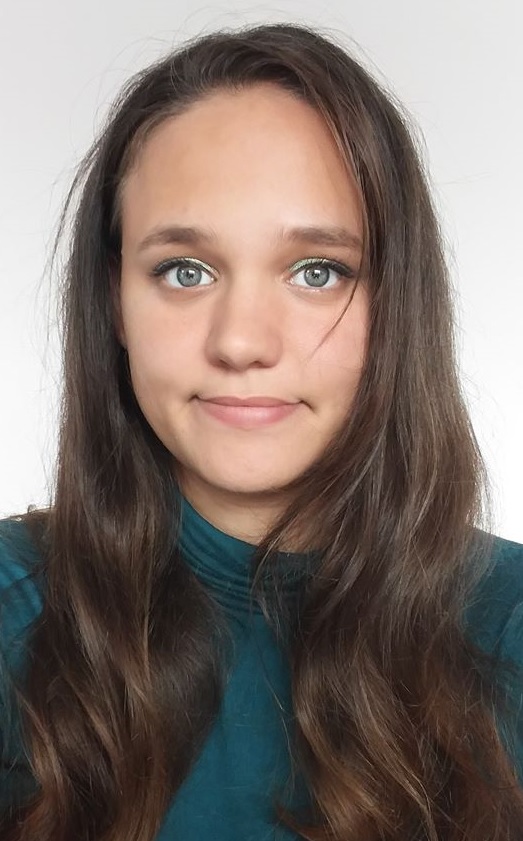About the group
Research topics of the Experimental Rheumatology Research Group:
- Investigation of factors affecting Th17 lymphocyte differentiation and activation
- Effect of extracellular vesicles on the differentiation and function of osteoclast cells
- Investigation of Src-like adapter protein (SLAP) expression in lymphocytes
Collaborations:
- Buda Hospital of the Hospitaller Order of Saint John of God
- Semmelweis University, Department of Physiology
- Semmelweis University, Department of Pharmacology and Pharmacotherapy
- UK, Glasgow, University of Glasgow, Institute of Infection, Immunity and Inflammation
Current projects and grants:
- OTKA NN 111023 2014-2018
- OTKA K 120237 2016-2020
- OTKA K 119459 2016-2020
Members
Leader:
Members:
Former PhD Students:
Dr. Zsuzsanna Baka (year of PhD degree: 2013)
Dr. Barbara Érsek (year of PhD degree: 2013)
Dr. Nikolett Marton (year of PhD degree: 2017)
Publications
Selected publications:
- The emerging role of arylhydrocarbon receptor in the activation and differentiation of Th17 cells.
Baricza E, Tamási V, Marton N, Buzás EI, Nagy G.
Cell Mol Life Sci. 2016 Jan;73(1):95-117. doi: 10.1007/s00018-015-2056-2. Review.
- The Emerging and Diverse Roles of Src-Like Adaptor Proteins in Health and Disease.
Marton N, Baricza E, Érsek B, Buzás EI, Nagy G.
Mediators Inflamm. 2015;2015:952536. doi: 10.1155/2015/952536. Review.
- CD3ζ-chain expression of human T lymphocytes is regulated by TNF via Src-like adaptor protein-dependent proteasomal degradation.
Érsek B, Molnár V, Balogh A, Matkó J, Cope AP, Buzás EI, Falus A, Nagy G.
J Immunol. 2012 Aug 15;189(4):1602-10. doi: 10.4049/jimmunol.1102365.
- Citrullination under physiological and pathological conditions.
Baka Z, György B, Géher P, Buzás EI, Falus A, Nagy G.
Joint Bone Spine. 2012 Oct;79(5):431-6. doi: 10.1016/j.jbspin.2012.01.008. Review.
- Specific expression of PAD4 and citrullinated proteins in lung cancer is not associated with anti-CCP antibody production.
Baka Z, Barta P, Losonczy G, Krenács T, Pápay J, Szarka E, Sármay G, Babos F, Magyar A, Géher P, Buzás EI, Nagy G.
Int Immunol. 2011 Jun;23(6):405-14. doi: 10.1093/intimm/dxr026.
- Central role of nitric oxide in the pathogenesis of rheumatoid arthritis and systemic lupus erythematosus.
Nagy G, Koncz A, Telarico T, Fernandez D, Ersek B, Buzás E, Perl A.
Arthritis Res Ther. 2010;12(3):210. doi: 10.1186/ar3045. Review.
- Increased serum concentration of immune cell derived microparticles in polymyositis/dermatomyositis.
Baka Z, Senolt L, Vencovsky J, Mann H, Simon PS, Kittel A, Buzás E, Nagy G.
Immunol Lett. 2010 Feb 16;128(2):124-30. doi: 10.1016/j.imlet.2009.12.018.
- Rheumatoid arthritis and smoking: putting the pieces together.
Baka Z, Buzás E, Nagy G.
Arthritis Res Ther. 2009;11(4):238. doi: 10.1186/ar2751. Review.
- Nitric oxide production of T lymphocytes is increased in rheumatoid arthritis.
Nagy G, Clark JM, Buzas E, Gorman C, Pasztoi M, Koncz A, Falus A, Cope AP.
Immunol Lett. 2008 Jun 15;118(1):55-8. doi: 10.1016/j.imlet.2008.02.009.
- Nitric oxide mediates T cell cytokine production and signal transduction in histidine decarboxylase knockout mice.
Koncz A, Pasztoi M, Mazan M, Fazakas F, Buzas E, Falus A, Nagy G.
J Immunol. 2007 Nov 15;179(10):6613-9.
- Nitric oxide, chronic inflammation and autoimmunity.
Nagy G, Clark JM, Buzás EI, Gorman CL, Cope AP.
Immunol Lett. 2007 Jul 31;111(1):1-5. Review.


